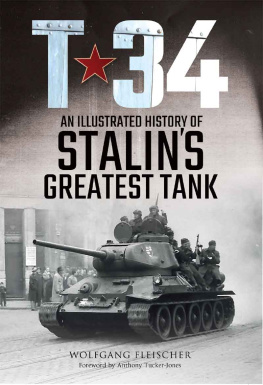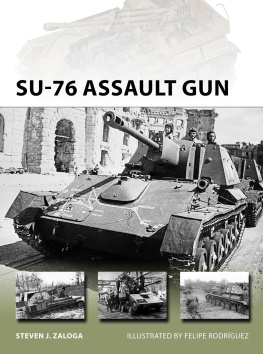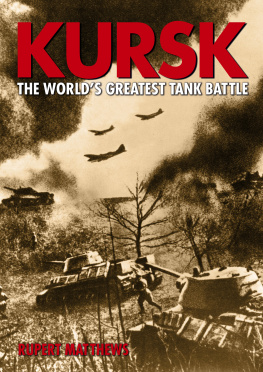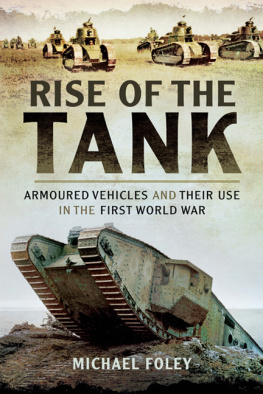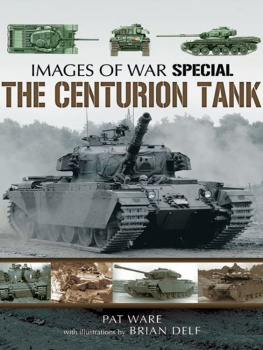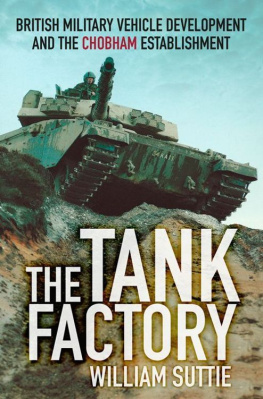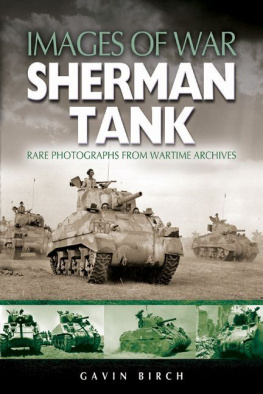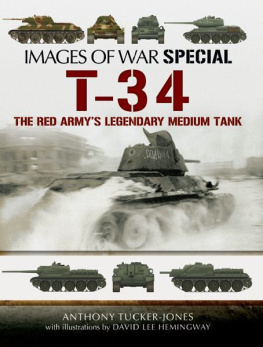Pagebreaks of the print version

T-34
T-34
An Illustrated History of Stalins Greatest Tank
Wolfgang Fleischer
Foreword by
Anthony Tucker-Jones
Greenhill Books
T-34: An Illustrated History of
Stalins Greatest Tank
This English-language edition first published in 2020 by
Greenhill Books,
c/o Pen & Sword Books Ltd,
47 Church Street, Barnsley,
S. Yorkshire, S70 2AS
www.greenhillbooks.com
ISBN: 978-1-78438-495-1
Publishing History
First published in Germany in 2018 as
T-34: Russlands Standard Panzer im Zweiten Weltkrieg by Motorbuch Verlag
Postfach 103743, 70032 Stuttgart
www.paul-pietsch-verlage.de
This is the first English-language edition and includes a new foreword by Anthony Tucker-Jones
All rights reserved.
Original text Motorbuch Verlag 2018
Anthony Tucker-Jones foreword Greenhill Books, 2020
Translation by Geoffrey Brooks Greenhill Books, 2020
The right of Wolfgang Fleischer to be identified as author of this work has been asserted in accordance with Section 77 of the Copyrights Designs and Patents Act 1988.
CIP data records for this title are available from the British Library
Illustration credits : Archiv AKCM u.a. (78), Eiermann (1), Evers (14), Fleischer (150), Hildebrandt (2), Jurga (11), Klotzsche (2), Muikku (7), Tpfer (1), Roth (1), Schweizer (2).
Previous page : A T-34/85 in the streets of Budapest during the suppression of the
Hungarian Uprising in 1956. The T-34 had a long career in Soviet service.
Foreword:
Stalins Saviour
It is a pleasure to write the foreword to Wolfgang Fleischers study of the T-34 tank. The T-34 was one of the most remarkable tanks of the Second World War and remains a constant source of fascination. It is also one of the very few designs to be built from the beginning of the conflict until the very end. Only the German Panzer IV matched its longevity. The T-34 was a constant on the Eastern Front and proved to be Stalins saviour. It subsequently enjoyed a long post-war career, seeing action in Korea and the Middle East. Along with the American-built Sherman and the German Tiger, it became a household name.
However, when the T-34 first went into action in the summer of 1941 it proved to be an unmitigated disaster. For a start there were not enough of them and the Red Army was left reliant on its more numerous, older and obsolete tank types. The first model T-34 was under-gunned due to the low velocity of its main armament. Then there were problems with the engine and transmission; there was insufficient ammunition and fuel, plus the crews were ill-trained. In the face of Hitlers Operation Barbarossa, T-34s were abandoned wholesale, often in very embarrassing situations, which bore testimony to the inexperience of their frightened crews. Others, lacking the skills to manoeuvre properly, were caught by German artillery and dive-bombers. Their tanks were blown apart or flipped like childrens toys. Many T-34s became so much scrap on the road to Moscow. This outcome is graphically illustrated by the photographs in this book.
Hitler and his generals were initially not unduly concerned with the appearance of the T-34. Nonetheless, its radical sloping armour, wide tracks and 76.2-mm gun should have rung alarm bells. Then, in the winter of 1941, the Red Army, having learned valuable lessons, used the T-34 to maul the Germans at Mtsensk. Overnight the Germans realised they were in trouble. The T-34 rendered all the early panzers obsolete. Although the Panzer IV was upgunned, General Heinz Guderian demanded an immediate replacement. The subsequent Panther, which incorporated many of the T-34s features and was a fine tank, took too long to design and was never built in sufficient numbers.
In the meantime, the Red Army, having successfully evacuated its tank plants to the east, began to churn out thousands of improved T-34s, that had the early teething problems sorted out. General Georgi Zhukov dubbed this the Russian miracle and the tanks began to arrive just in time for the defence of Moscow in late 1941. Frostbitten German troops soon found themselves being overrun by brand new T-34s supported by tough Siberian infantry. Major-General Friedrich von Mellenthin acknowledged, They played a great part in saving the Russian capital. At the critical moment Barbarossa faltered.
The T-34s utilitarian and robust design made it easy to mass produce and with adequate training easy to use. In contrast many of the German panzers were over-engineered, costly and time-consuming to build. The T-34s distinctively sloped front glacis and sides offered greater protection and shot deflection than its German counterparts. Perhaps, though, among its greatest innovations were the wide tracks, which spread the weight of the tank and most importantly meant it could operate in the worst of conditions. Whereas the panzers often bogged down, the T-34 was able to pull itself out.
Ultimately it proved extremely rugged and reliable. For example, in 1943 the T-34 managed an operational readiness rate of 7090 per cent. In contrast its rival the Panther managed just 35 per cent. The following year this had only risen to 40 per cent for the Panther and 60 per cent for the Panzer IV. Interestingly the Red Army accounted for 75 per cent of all Panzer IV losses during the Second World War, with many of them destroyed by T-34s.

T-34s completed in 1940 ( nearest camera ) and 1941 ( centre left ). The inadequate training of Soviet tank crews on the new type was one of the causes of their heavy losses in 1941.
Equally important the T-34 was built with a turret ring that allowed for the installation of a larger turret and therefore a bigger gun. In early 1944 the T-34/85 appeared, armed with an 85-mm gun, which gave it parity with the heavier German panzers. Likewise, with the removal of the turret and installation of a box superstructure, the T-34 chassis was able to take 122-mm, 100-mm and 85-mm guns. The SU-85 and SU-100 proved excellent tank destroyers, although the interim SU-122 armed with a howitzer was not so good. Although the SU-100 proved nose heavy, its 100-mm gun was deadly against the Panther.
The T-34s finest moments were undoubtedly helping save Moscow, enveloping the Axis forces at Stalingrad, achieving victory at Kursk, then taking the Red Army to the gates of Warsaw and finally Berlin. One of the most famous formations to deploy the T-34 was General Pavel Rotmistrovs 5th Guards Tank Army. This fought at Kursk in 1943 and the following year during Operation Bagration, Stalins answer to D-Day. At Kursk the only way to cope with the Germans superior gun ranges was to close with them as quickly as possible. This resulted in the T-34 crews having to fight the panzers at point-blank range. Rotmistrovs appalling tank losses were such that Stalin almost sacked him. However, when Stalin learned that Prokhorovka had been turned into a giant panzer graveyard he rapidly changed his mind. The T-34 helped crush Hitlers last offensive power on the Eastern Front. This paved the way for Operation Bagration and victory.

